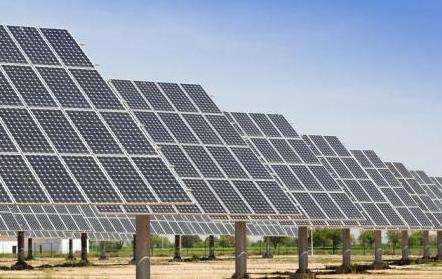First, although solar energy is resource-rich, it is relatively dispersed and difficult to collect. In addition, due to the influence of earth revolution, rotation, season, climate and other factors, the distribution of solar energy in various places is uneven, the intensity cannot be kept constant due to the influence of time, region and geographical conditions, and the solar power radiated to the ground is unstable.
Second, according to general hardware applications and technical capabilities, the current conversion rate of solar energy can only reach about 20% at most, which is difficult to achieve the required sufficient power for high speed driving of cars. This is mainly because the cells are made from monocrystalline silicon. Shading of surface grid lines has some impact on conversion efficiency. In the sameAt the same time, the loss caused by irradiation of the battery surface is also very large, including surface light reflection loss, light transmission loss, internal recombination loss, recombination loss surface, etc.
Third, due to the high manufacturing cost of solar cars and imperfect technology, automobile manufacturers are not willing to invest in the development of solar cars. Some companies are developing solar cars primarily for publicity and branding reasons, rather than out of a determination to vigorously develop and bring them to market.
Step 1: Make a film of titanium dioxide. First, put the titanium dioxide powder into a mortar and grind it with a binder.
Then use a glass rod to slowly apply a film on it. the conductive glass
Place the dioxide filme of titanium under an alcohol lamp to sinter it for 10-15 minutes, then cool it
Step 2: Use natural fuel to color the titanium dioxide. As shown in Figure 4, put fresh or frozen black plums, mountain plums, pomegranate seeds or black tea, squeeze them with a tablespoon of tax, then put the titanium dioxide film for the coloring. It will take about 5 minutes until the film is colored. The film layer turns dark purple. If the film layer is colored on both sides. If it is uneven, you can put it in and soak it for 5 minutes, then rinse it with ethanol and gently dry it with soft paper. >Step 3: Make the counter electrode The battery needs a positive electrode and of course a counter electrode. The positive electrode, like the counter electrode, is made of a conductive SnO2 film. You can use a simple multimeter to determine which side of the glass is conductive. You can also use your fingers to determine which side of the glass is rough. As shown in Figure 5, mark the non-conductive surface with a "+", then use a pencil to evenly apply a layer of graphite to the conductive surface.
Step 4: Add electrolyte. Use a solution containing iodine ions as the electrolyte for solar cells. It is mainly used to reduce and regenerate fuel. As shown in Figure 6, simply add one to two drops of electrolyte onto the surface of the titanium dioxide film.
Step 5: Assemble the battery. Place the colored titanium dioxide film on the table, drop one or two drops of electrolyte containing iodine and iodine ions on the film, and then place the conductive surface of the counter electrode Press the titanium dioxide membrane . Slightly offset the two pieces of glass afin that the exposed part can be used as an electrode for the test. Use two clips to secure the battery and your solar cell is ready.
Step 6: Test the battery under outdoor sunlight. You can get an open circuit voltage of 0.4V and a short circuit current of 1mA/. cm2 solar cells














